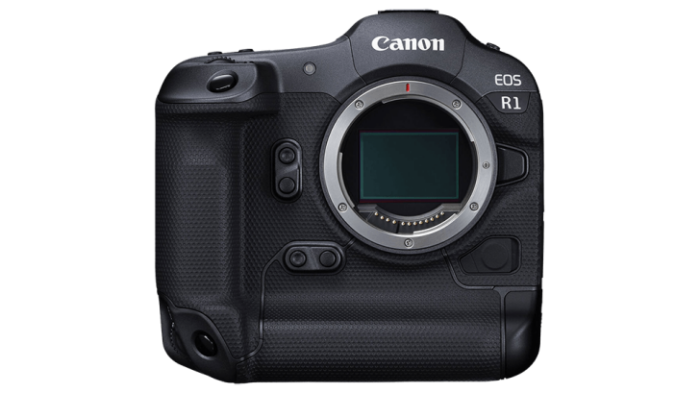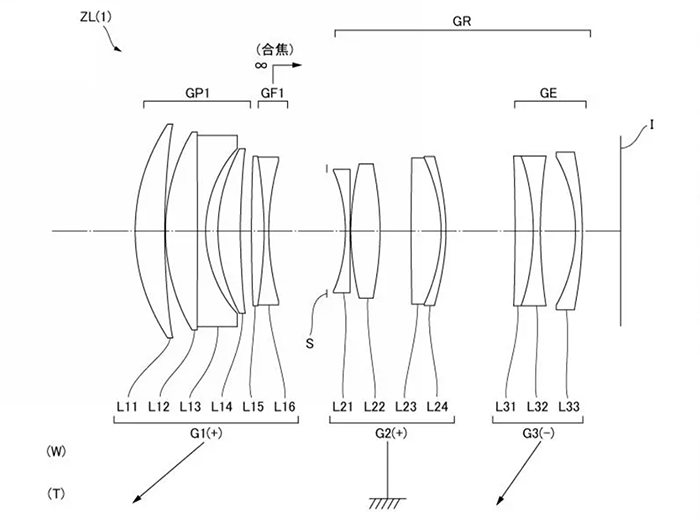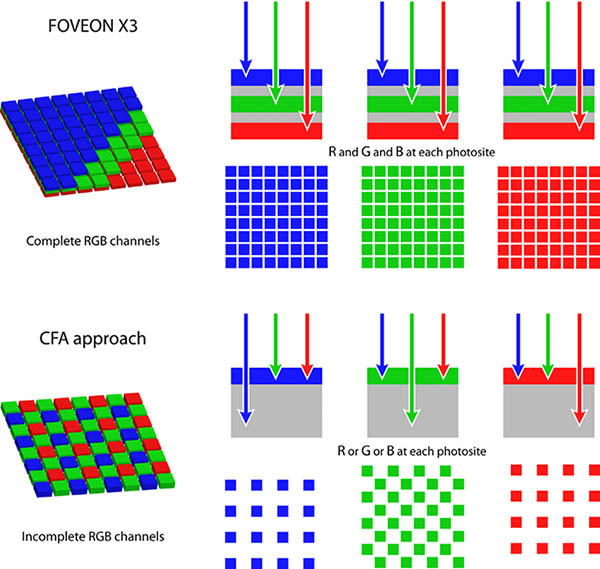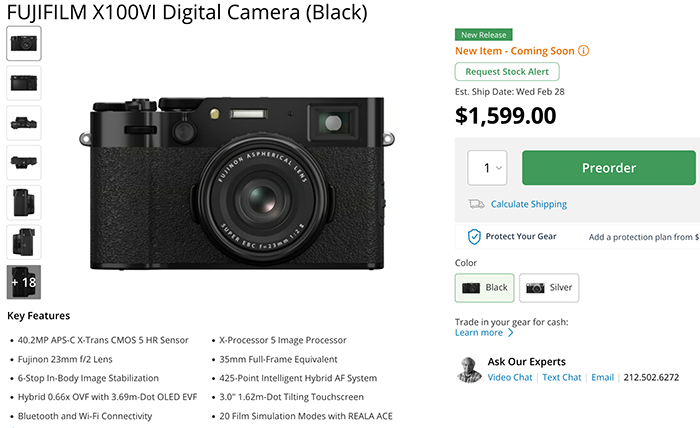Canon says they will not make a High-Resolution Version of the Canon R1

PetaPixel had a short chat with Canon manager Go Tokura. He made it clear that there is no high resolution version of the Canon R1 on their roadmap:
“We consider the flagship to basically be at the pinnacle of our lineup, which means we’re not going to have two flagship models because we’ve basically put everything that we have — the best performance and the best trust — into the EOS R1. So I would say that we would probably never consider developing another model using the same body as the EOS R1.
For example, if we have higher resolution, then we know that that will skew the balance and the sensitivity will be lower. That is a physical mechanism. So in a flagship, we would never focus on just one aspect of the performance that would destroy the balance. I believe our current strategy is to have the 5-series be responsible for the high resolution quality


